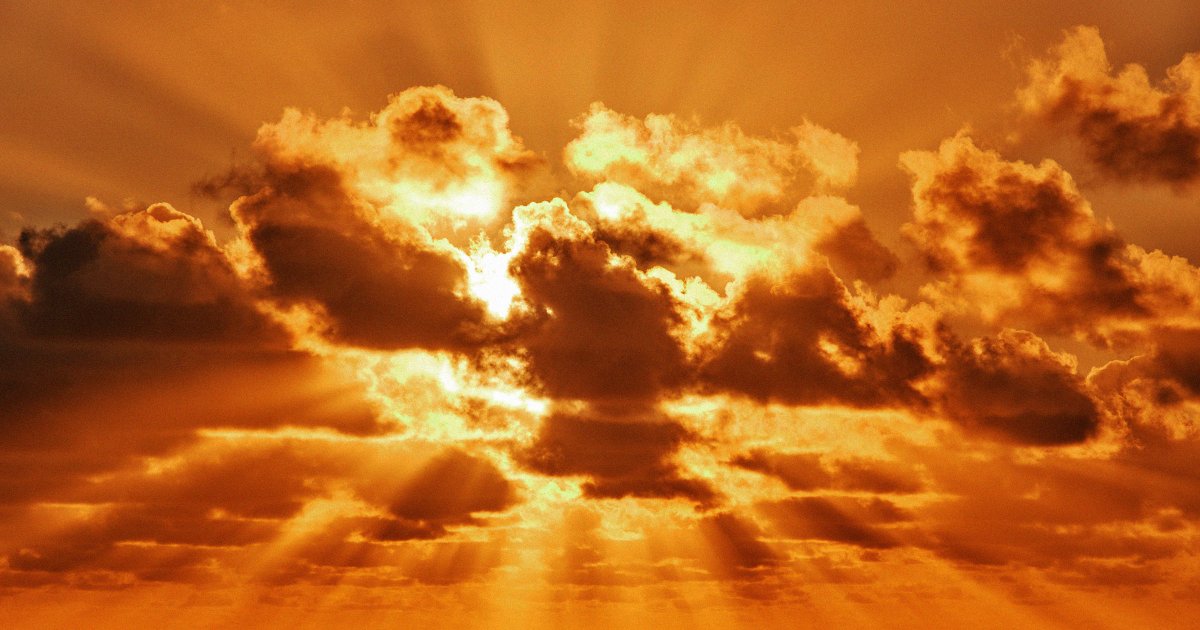
"In an eleventh-hour attempt to slow down global warming, some scientists have been proposing - or even testing, at a small scale - whether releasing aerosolized particles into the atmosphere to dim the Sun could lower global temperatures, effectively mimicking the effects of volcanic eruptions. It's a controversial idea that has drawn plenty of criticism from the scientific community as well, with experts pointing out the substantial societal implications and effectiveness of turning down the Sun's rays."
"Even when simulations of SAI in climate models are sophisticated, they're necessarily going to be idealized, Researchers model the perfect particles that are the perfect size, And in the simulation, they put exactly how much of them they want, where they want them. But when you start to consider where we actually are, compared to that idealized situation, it reveals a lot of the uncertainty in those predictions. There are a range of things that might happen if you try to do this, and we're arguing that the range of possible outcomes is a lot wider than anybody has appreciated until now."
Some scientists propose releasing aerosolized particles into the stratosphere to dim sunlight and lower global temperatures, mimicking volcanic cooling. Small-scale tests have occurred, but the approach is highly controversial due to potential climate and societal side effects. Researchers at Columbia warn that climate-model simulations of stratospheric aerosol injection (SAI) are idealized, assuming perfect particle size, placement, and quantities, which understates real-world uncertainty. Uneven aerosol deployment could disrupt tropical monsoons, shift the jet stream, and produce a wider range of unintended outcomes than current studies appreciate. Significant gaps remain in understanding ecological interactions, regional impacts, and long-term risks of SAI.
Read at Futurism
Unable to calculate read time
Collection
[
|
...
]